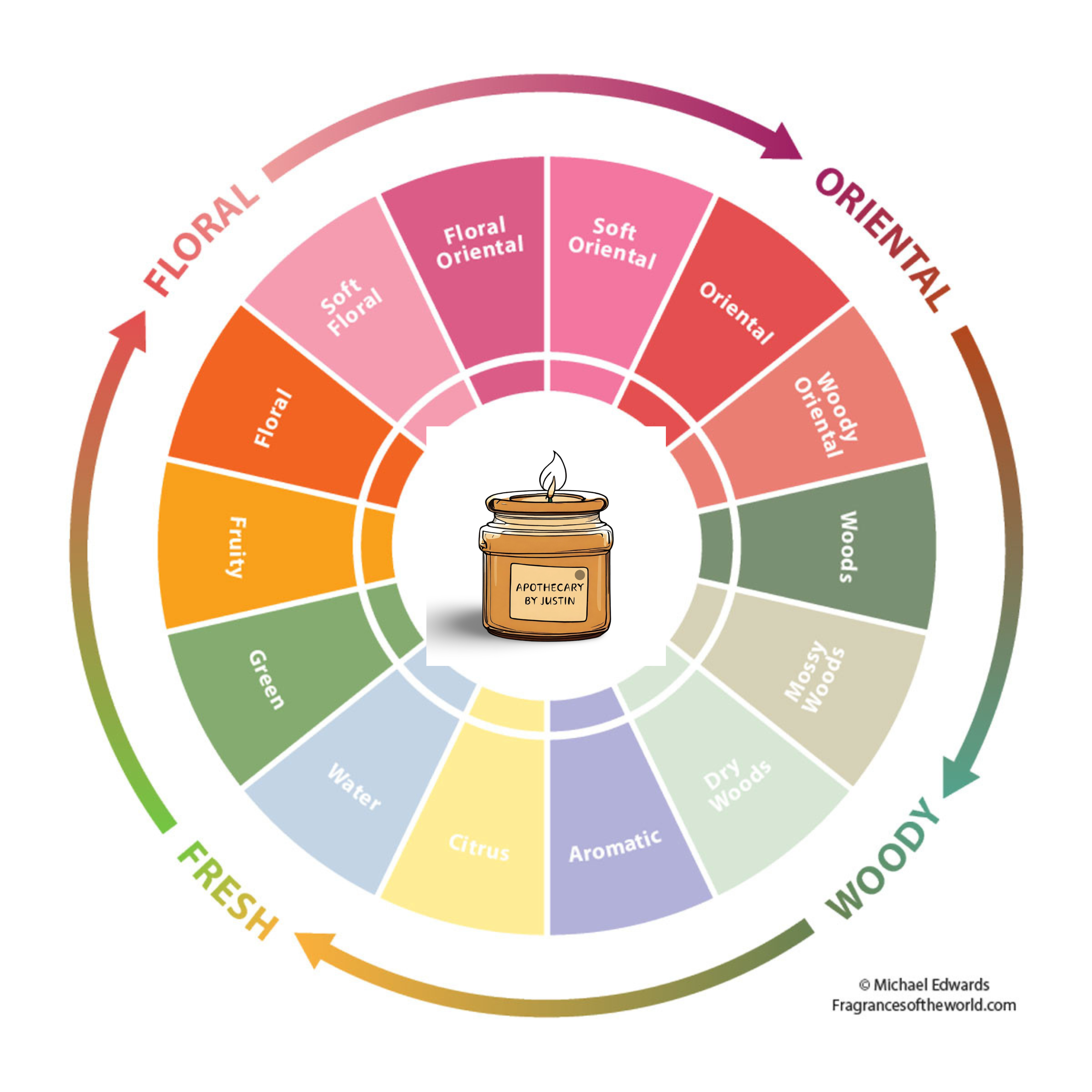Understanding Fragrances Made Simple
Navigating the world of fragrances can be a bit overwhelming, but it all boils down to a few key families.
In essence, all fragrances fall into four main categories: **Floral, Fresh, Woody,** and **Ambery** (previously referred to as Oriental). Within these categories, you'll find various subcategories that often blend together.
🎡 The Fragrance Wheel (see below)
The **Fragrance Wheel** serves as an excellent tool for grasping these categories. Also known as the aroma wheel, perfume wheel, or fragrance circle, this diagram illustrates the connections and distinctions between different scents. It’s important to note that many fragrances can belong to more than one category, which adds to the confusion!
The first official fragrance wheel was developed by Austrian perfumer **Paul Jellinek** in 1949, called the **Odor Effects Diagram**, featured in his book *The Practice of Modern Perfumery*. However, the version most commonly referenced today was created by **Michael Edwards** in 1992. This wheel was designed for both retailers and consumers, simplifying the understanding of fragrance families and their ingredients. It was updated in 2010 to include the four primary categories: **Woody, Ambery, Floral,** and **Fresh**.
🪵 Woody Fragrances
**Woody fragrances** exude richness, warmth, and sophistication. This fragrance family is characterized by deep, earthy aromas, crafted from a blend of notes like resin, moss, bark, pine cones, and various woods such as sandalwood and cedarwood.
While woody scents are typically dark, they often feature aromatic or zesty top notes that provide a refreshing contrast to the deeper, smokier base notes. Common elements like vetiver and patchouli frequently enhance these blends.
To add brightness, woody fragrances can also incorporate fruity and floral notes, creating a delightful balance.
🌷Floral Fragrances
**Floral fragrances** are characterized by their soft, delicate, and powdery essence. While often associated with femininity, they encompass a wide range of scents. These fragrances can include bold floral notes combined with warm spices for depth or zesty citrus for a fresh twist. Common floral notes include rose, peony, lily of the valley, mimosa, and jasmine.
🫚Ambery Fragrances
**Ambery fragrances** are known for their spicy, warm, and rich qualities, often evoking a sense of maturity. Their roots trace back to India and Arabia, where the original scents were infused with incense, spice, and musk. Key notes include earthy and woody elements like heliotrope, sandalwood, coumarin, orris, and vanilla. The strong base notes contribute to their longevity and ability to blend with woody fragrances.
🥥 Fresh Fragrances
**Fresh fragrances** are light, clean, and invigorating, often inspired by nature, such as the ocean's freshness or a morning breeze. Classic notes include zesty fruits like lemon, bergamot, orange, and grapefruit, often accented with sage and other green or spicy elements for added depth. Many Eau de Toilettes fall into this category, making them ideal for summer.
🌺 A Final Note
It's important to recognise that since the creation of the Fragrance Wheel, additional fragrance families have emerged. Modern categories like **fougère** and **gourmand** still fit within the broader framework of the four main families. The more you explore fragrances, the more you’ll uncover their diverse types and complexities.


Leave a comment